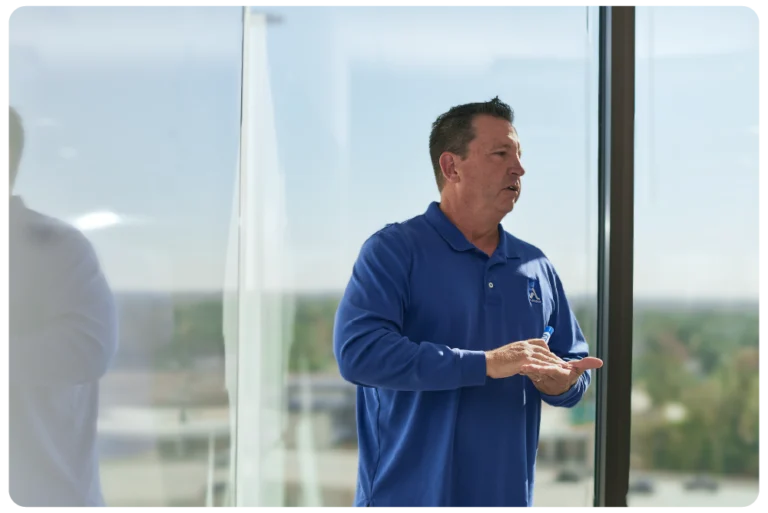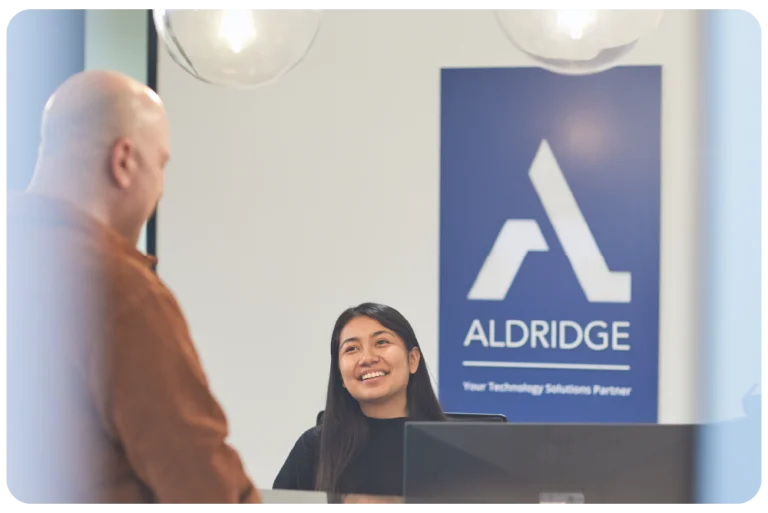Executive Summary
Aldridge streamlined the massive IT infrastructure of Howrey LLP during the international law firm’s bankruptcy proceedings, which resulted in achieving the bankruptcy trustee’s objectives of efficiency, cost savings, and data preservation.
Introduction
By 2011, Howrey LLP had expanded to become one of the largest antitrust and intellectual property practices in the world, with more than 700 lawyers in 17 offices in the U.S., Europe, and Asia.
That year, the firm’s partners voted to dissolve the practice and enter chapter 11 bankruptcy. As a result, a bankruptcy trustees counsel was formed and charged with winding down the firm’s complicated IT infrastructure in an efficient, timely, and cost-effective manner.
Situation/Challenge
The bankruptcy trustees counsel, led by Jason Rudd, a partner with Diamond McCarthy LLP, assessed the firm’s IT infrastructure as part of his investigation into the bankruptcy estate. His task was to gather assets and convert them to cash to pay claims. Rudd was also required by law to give clients the choice to preserve their data or authorize him to destroy it.
Upon assessing the firm’s IT infrastructure, Rudd characterized it as “an octopus.” The firm had 10,000 former clients and had once employed more than 90 IT staff to maintain more than 200 terabytes of data across 300 physical servers in data centers in North Carolina and Amsterdam. At the time Rudd became involved, only a handful of employees were left in the entire firm, including just one IT staffer.
“It was jaw dropping,” Rudd said. “They had the IT infrastructure for a firm with thousands of people but only a couple dozen were left. We were on a very limited budget as we began working to unravel this beast and we found out that just keeping the IT system operating was churning through $200,000 every month. We knew right away that we needed expert guidance to get the firm’s IT under control and shrink it.”
Simply flipping the switch and turning off the firm’s IT systems wasn’t an option. Therefore, in January, 2012, Rudd secured approval from the creditors committee to engage Aldridge for help.
Objective(s)
The Howrey bankruptcy required the fulfillment of several objectives, some of which were mandated by law:
- Wind down the overall IT infrastructure while keeping certain critical functionality until the bankruptcy process was complete
- Maintain access to billing and time-keeping data
- Maintain email and other records to comply with on ongoing liability investigation
- Maintain former client data, which was protected by attorney-client privilege
- Maximize the value for stakeholders by minimizing costs and getting the most out of assets
Strategy
Aldridge immediately began to evaluate the firm’s IT infrastructure to develop a strategy that would achieve the trustee’s objectives:
- Utilize the remaining Howrey IT staffer to consult and educate Aldridge about the customized IT solutions that the firm had designed and implemented over the years
- Separate the firm into its component business units and approach one application at a time
- Dissect data without harming it and then shrink it without compromising integrity
Tactics
Between January and March 2012, Aldridge executed a series of tactics to support its strategy and achieve the trustee’s objectives:
- Identified data that needed to be preserved and shut down anything deemed nonessential to client data preservation, accounts receivable, and the liability investigation
- Increased efficiency by moving the firm’s U.S. servers to Aldridge’s private cloud network in Houston, Texas
- Used the Amazon cloud based in Europe (Elastic Compute Cloud and Amazon Simple Storage Service) to achieve efficiency goals for the firm’s Amsterdam servers, since European privacy laws prohibited moving European client data to U.S. servers
- Shrunk the firm’s hosted data center environment of 300 servers to just 40 virtual servers operating on Aldridge’s private cloud and the Amazon cloud based in Europe
Results
Aldridge successfully met the trustee’s objectives:
- Reduced the operational costs of Howrey’s IT systems from $200,000 per month to $12,000 per month
- Preserved client data
- Shrunk firm data and preserved it for the ongoing liability investigation
Conclusion
The strategies and tactics used by Aldridge to assist the bankruptcy of Howrey LLP resulted in substantial improvements to efficiency, significantly reduced operating costs, and critical data preservation.
“Aldridge was extremely autonomous and we appreciated that Patrick and his team always came to the table with a solution, never just a problem,” said Rudd of Patrick Wiley, President and COO of Aldridge.
“They were great communicators throughout the process. They constantly updated us and offered great advice. But perhaps most important, in a situation like this that is prone to change, Aldridge was flexible.”






